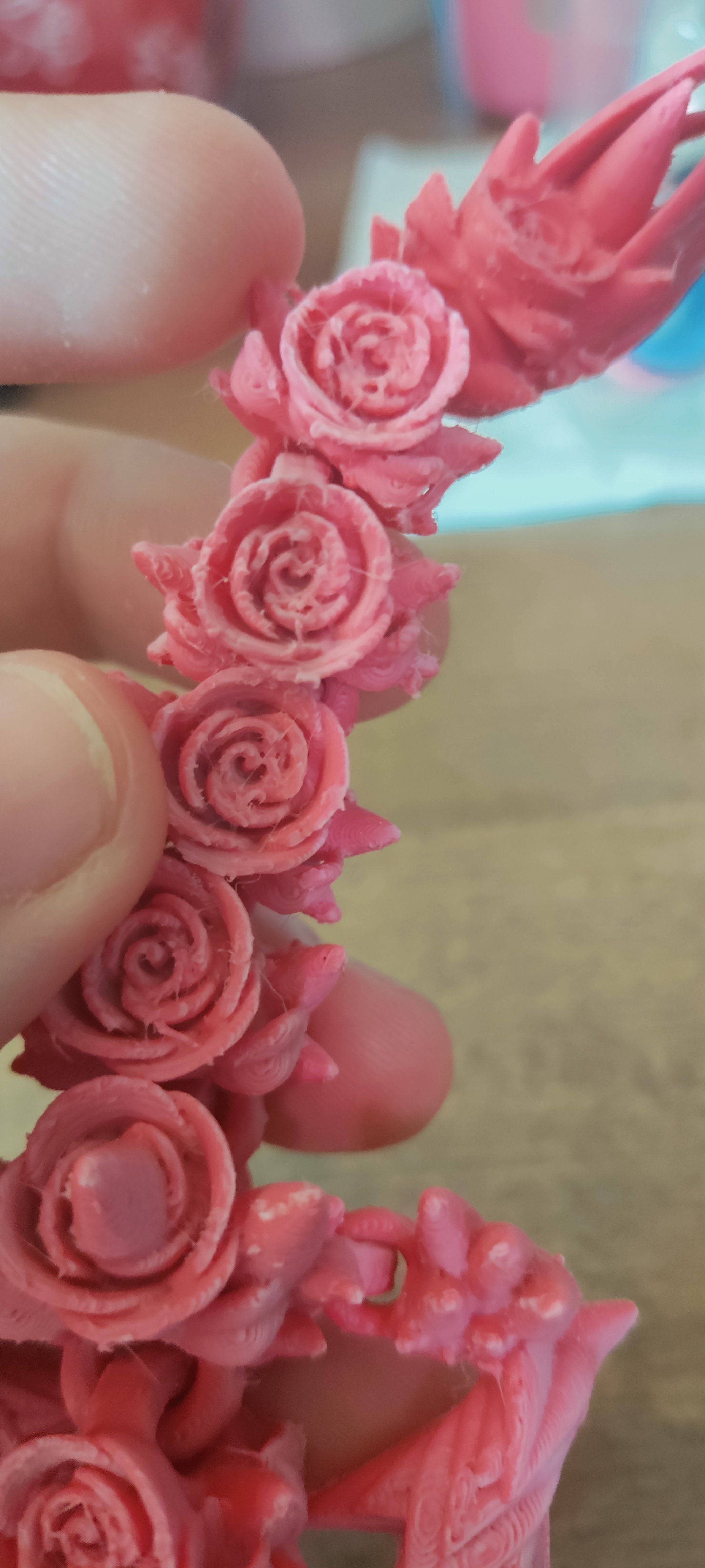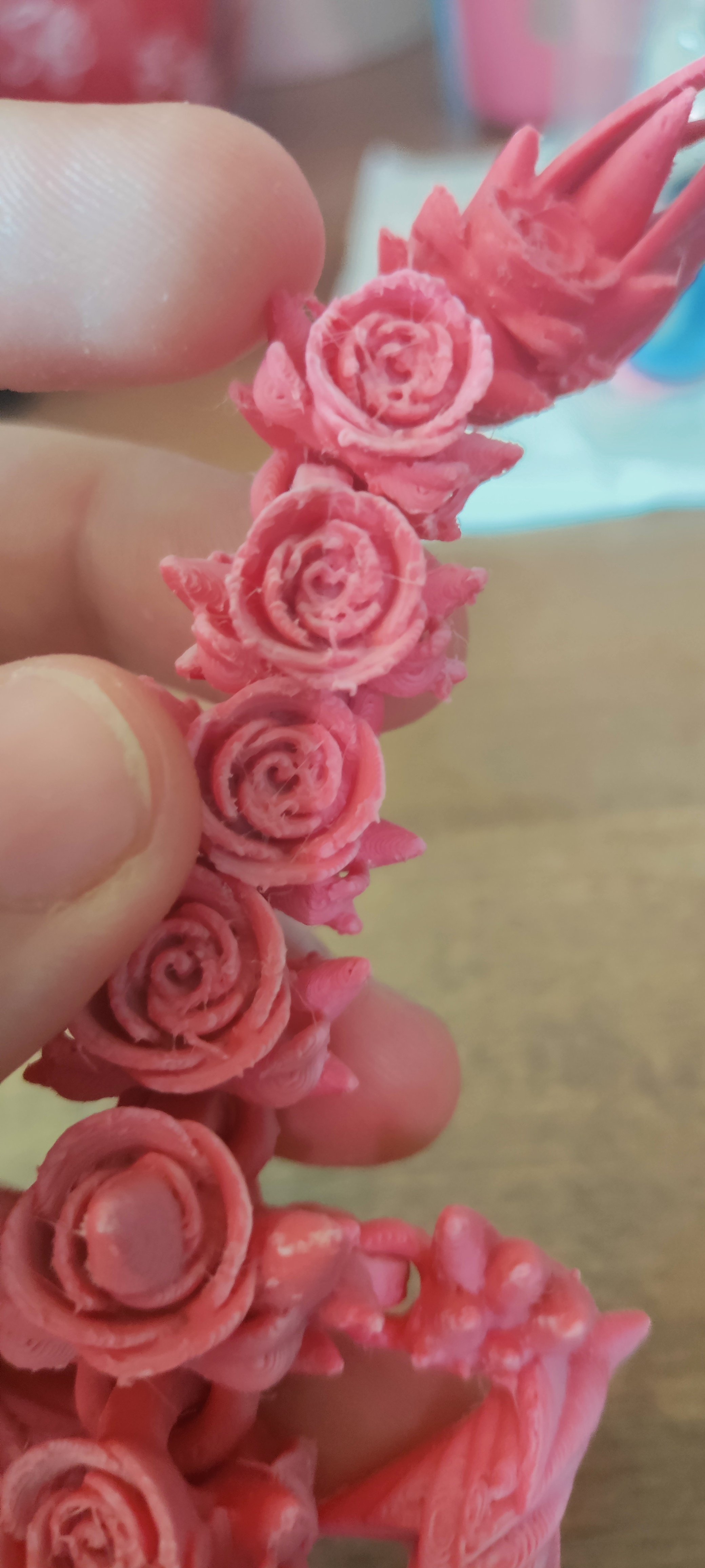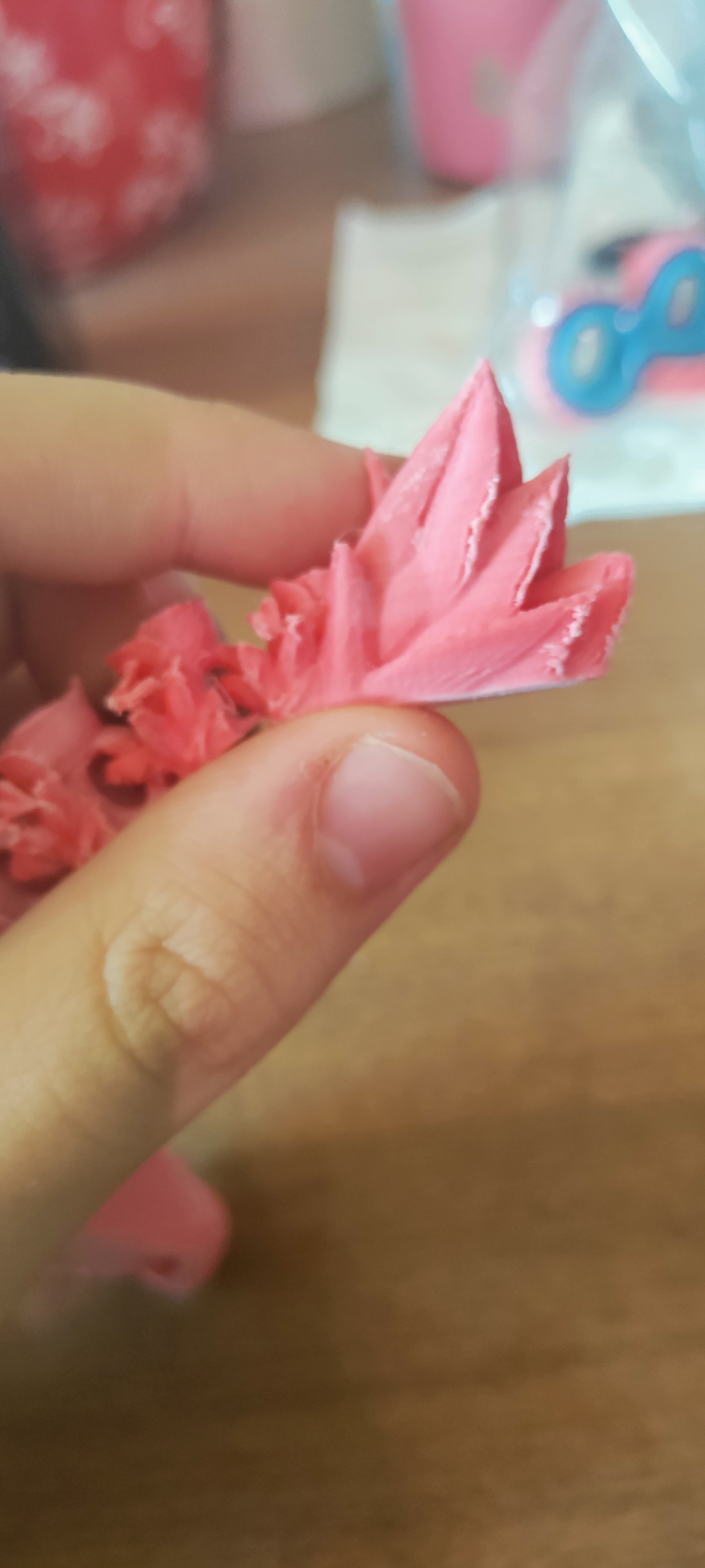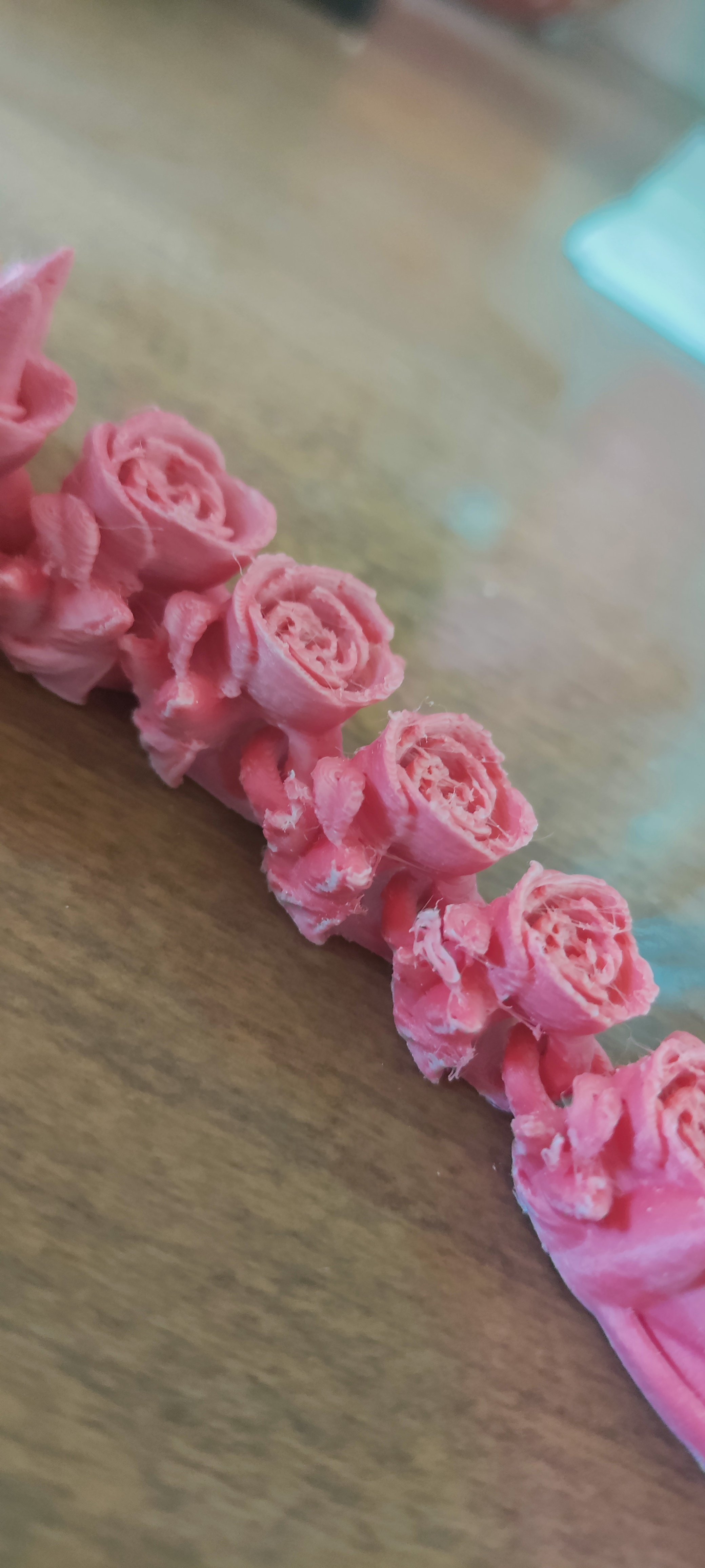Wet filament can do that. Even new filament can be wet some times, especially with rarer colors that sit around in storage for much longer.
3DPrinting
3DPrinting is a place where makers of all skill levels and walks of life can learn about and discuss 3D printing and development of 3D printed parts and devices.
The r/functionalprint community is now located at: !functionalprint@kbin.social or !functionalprint@fedia.io
There are CAD communities available at: !cad@lemmy.world or !freecad@lemmy.ml
Rules
-
No bigotry - including racism, sexism, ableism, homophobia, transphobia, or xenophobia. Code of Conduct.
-
Be respectful, especially when disagreeing. Everyone should feel welcome here.
-
No porn (NSFW prints are acceptable but must be marked NSFW)
-
No Ads / Spamming / Guerrilla Marketing
-
Do not create links to reddit
-
If you see an issue please flag it
-
No guns
-
No injury gore posts
If you need an easy way to host pictures, https://catbox.moe/ may be an option. Be ethical about what you post and donate if you are able or use this a lot. It is just an individual hosting content, not a company. The image embedding syntax for Lemmy is 
Moderation policy: Light, mostly invisible
Oh I didn't even consider this I'ma try this first
This filament has been sitting out for a while so this seems very possible
Toss it in a box with dessicant packs for a few days. If it's not flexible and breaks easily, it's too moist.
Put it in the oven on a really low heat (like really low) should dry it out in like an hour or so.
Can look up tables of temperatures and times for using an oven to dry various filaments. Putting in sealed container with desiccant could work but will take much longer
+1
Dry that shit always, super easy to eliminate that variable
Looks to me like your temperature is too high and you need to increase your retraction distance.
While turning down temperature might help as it will be less fluid, i tend to think that increasing retraction might give him other problems (unless is settings are really low). On pictures we only see stringing at the top where printing areas are very small which means much more retraction are needed. His issue could be related to maximum retraction count and/or minimum extrusion distance, when those numbers are reached, printer will not retract filament to protect grinding too much filament. Others parameters to look out are retraction speed and prime speed but since OP didn't share settings, no way to tell what he could try.
To OP, please share your printing settings.
Also may help to have improved blower (fan replacement/more focused outlet)
I am absolutely gonna do some test for this
As others have mentioned:
- Dry your filament. ~~Stick it in the oven for 2+ hours on minimal settings. If you have a fan in the oven, even better.~~ edit: use the printer bed, see comments below
- Tune your printer. Do a temperature tower with your dried filament. Lower temperatures might improve quality at the expense of lower layer adhesion. Do a flow calibration routine. Overextrusion can also have effects like this.
- Slow down the printing. Increase minimal layer time, which might have an effect. If it's original E3, it has relatively poor part cooling, which can be compensated by slowing things down.
Nothing wrong with Ender 3, if you thinker enough, you can get results as good as any other printer. But it may require tinkering. The model that you're printing is difficult with FDM printers of any kind. It has thin, delicate parts with steep overhangs. It can look better, but it's gonna be hard to achieve. Resin printers are definitely a better choice for this, but you use what you have.
Gotta be careful with ovens.
First they have a huge gradient and it may not be 60c in there even if the oven says it is. If you must use an oven, the best is to set it to bread “proof”- this setting is used to let dough rise and usually isn’t all that hot. (Though…. It could be. It’s inconsistent sometime,)
Remember, glass transition is usually about half the melting temp, and you want to be about 2/3s that at the highest. If you go past it, you might get sintering- the filament sticks to itself.
Personally, a cheap food dehydrator is going to do the trick. Alternatively, a tub with moisture absorbing beads bulked up in the bottom and few days or a week or two should do the trick gently. (You can buy big ass jugs of the beads at big box hardware stores or Amazon. Hell you can get 55 gallon drums of them if you really wanted to…)
True, I've seen many molten rolls of filament because of overly warm ovens. Make sure it doesn't go over 60C and you're good. Mine is good, has a little overshoot when heating up, but if you let it warm up first and then put the filament, it generally stays very close to 60C. I havent had problems. Other ovens - be careful. Food dehydrator is better, but if you don't have it, you may as well buy an actual filament dryer. Desicant beads didn't work for me. They do the trick of maintaining the dryness, but if you have ANY built up moisture in your filament, the beads won't do much.
Also expect some stringing, a little bit during printing is ok. Use a heat gun if you have one, or a blow dryer can work well as a replacement. The heat causes the thin strings to contact and they practically disappear as you watch. It's pretty fun to do, and satisfying.
A little mini torch, similar to a regular gas lighter also can work wonderfully.
Don't dry filament in the oven. Simply put the filament spool on the print bed, set it to 60°C (PLA) or 70°C (PETG) and cover it with a cardboard box to trap the heat. Poke 3 holes in the box to lead damp air escape. Let it cook for 2-4h, then flip the spool and wait for another 2-4h. Store in air tight container with some silica gel to keep it dry.
You're completely right, I forgot about that method. I've used it in the past, it works great and is far more controllable and safe.
make sure everything is as square as you can make it, tension and eccentric wheel not too much or too little, no broken parts, get some filament you dont care about and dry it then go through this:
https://ellis3dp.com/Print-Tuning-Guide/
skip any voron or klipper specific stuff and follow the marlin instructions for each section that has them.
Its a huge pain in the ass to do the whole thing, but you will be able to rule out everything that can be ruled out. Some of the sections are more or less once per printer, some per toolhead change, some are once per filament type, some are per individual roll.
No suggestions. I just wanna know what the answer ends up being that fixes it for you.
Check for clogs in the nozzle And check your extrusion motor, that might need a clean
Filament also might need to be dried, if you hear crackling as it comes out of the nozzle it's most likely too moist





